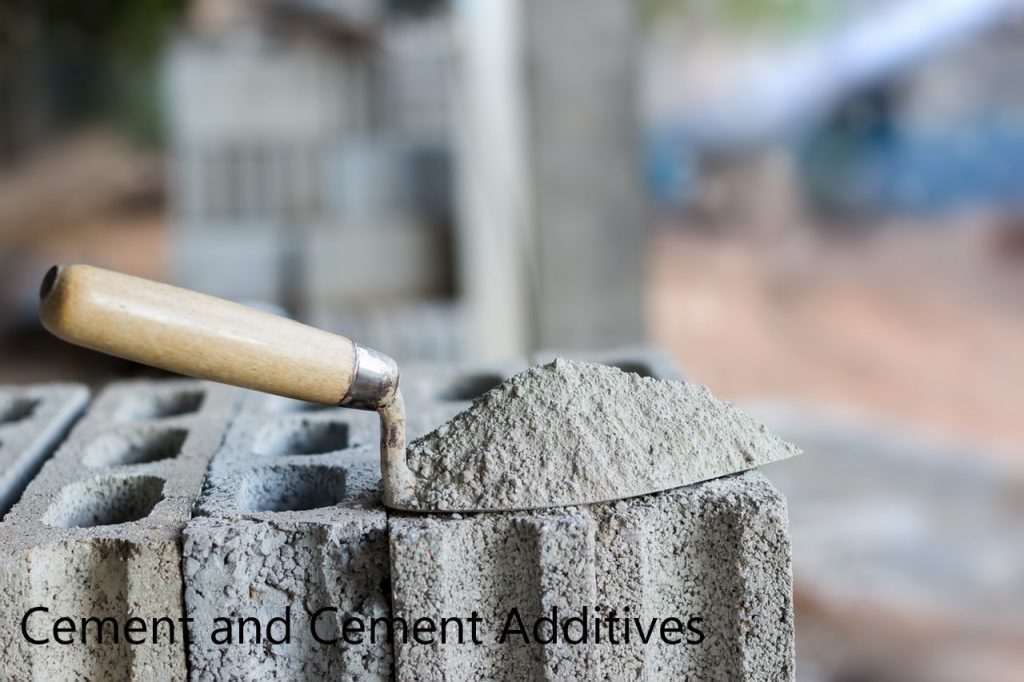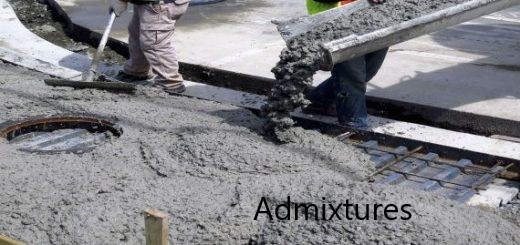The strength of the steel or the yield strength which is considered for the design of structural elements is considered as the characteristic strength of steel.
The definition is quite different from the characteristic strength of the concrete. It is based on the yielding of steel.
Depending on the type of the reinforcement bars the yield strength varies. Variation can be expressed as follows.
- Mild Steel; fy = 250 N/mm2
- Tor Steel; fy = 460 N/mm2
- TMT bars; fy = 500 N/mm2
There are other types of bars that have yield strength more than the specified value above also. There are different methods that can be used to evaluate the characteristic strength of steel. Since each material has different stress-strain properties, it is very difficult the find the yield strain. The following methods can be highlighted as a commonly used method to evaluate the yield strength.
- True elastic limit
- Proportionality limit
- Elastic limit (yield strength)
- Yield point
- Offset yield point (Proof stress) Offset yield point is defined by 0.1% or 0.2% plastic strain.
- Upper and lower yield point
In addition to the above methods, there are other methods developed theoretically to find yield stress. This method is based on the material properties. Thus, there are two types known as isotropic yield criteria and anisotropic yield criteria. The following methods are used to find the yield strength in isotropic materials.
- Maximum principal stress theory
- Maximum principal strain theory
- Maximum shear strain theory
- The total strain energy theory
- Maximum distortion energy theory (Von Mises Yield Criterion)
- Mohr-Coulomb yield criterion
- Ducker-Prager yield criterion
- Bresler-Pister yield criterion
- William-Warnke yield criterion
Similarly, there are theoretical methods for evaluating yield strenth in anisotropic materials. The following methods can be highlighted as follows.
- Hill’s quadratic yield criterion
- Generalized Hill yield criterion
- Hosford yield criterion


